Hanoi Temple Of Literature
The first university of Vietnam
The Temple of Literature is about 10 minutes away from Hoan Kiem Lake and a must visit for first time visitors.
History
The grand complex was constructed in 1070 during the Ly Thanh Tong dynasty, originally established to honor Confucius. Today, it serves to celebrate the achievements of scholars and the nation's academic professionals in Vietnam. In 1076, King Ly Nhan Tong expanded the site by establishing Quoc Tu Giam, recognized as the first university in Vietnam.
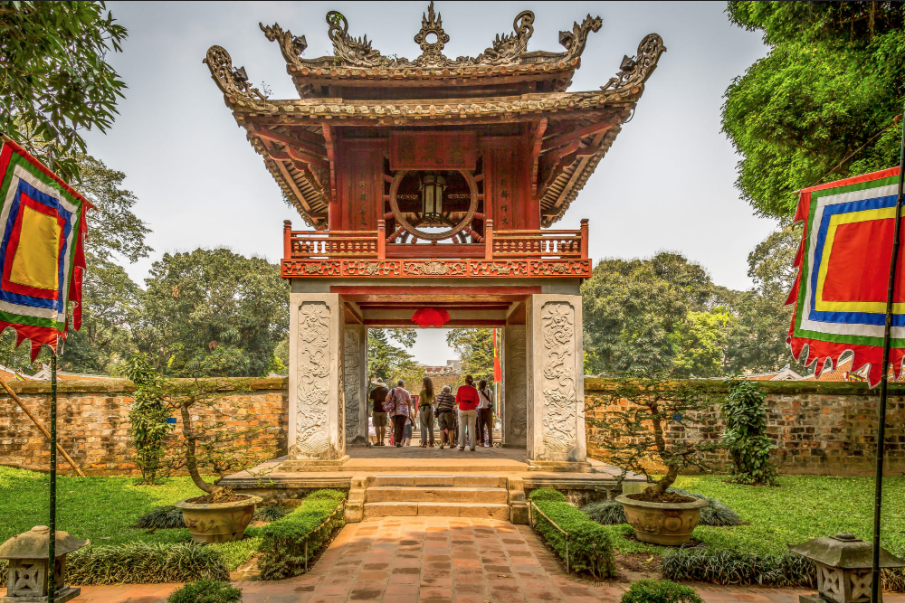 Photo by @paulocosta
Photo by @paulocosta
Structure & Architecture
The temple comprises five courtyards, each with its own distinct significance and historical relevance. The first courtyard extends from the main gate to the Dai Trung gate; the second is notable for the Khue Van Cac pavilion, which is emblematic and often appears on street signs throughout Hanoi. The third courtyard features stone tortoises that bear tombstones listing the names of scholars.
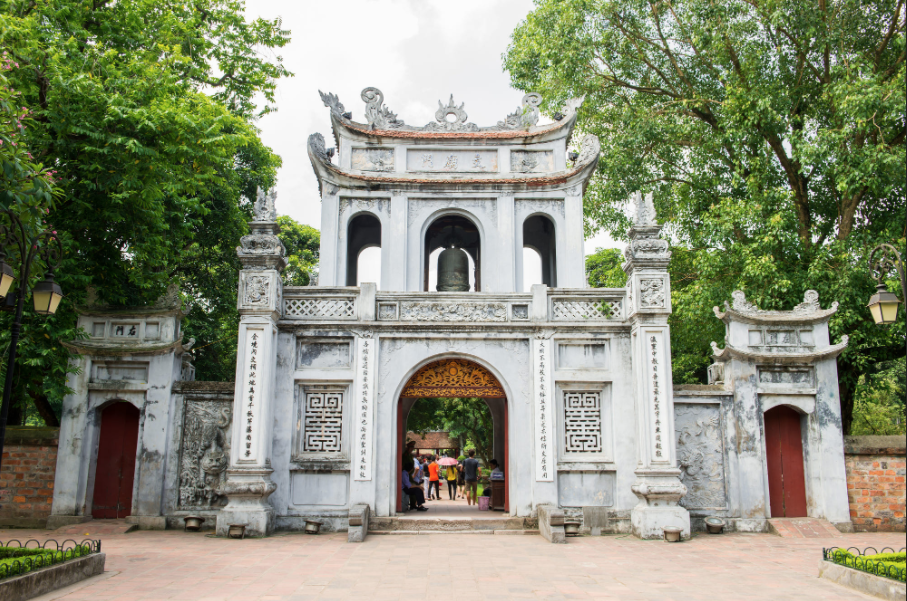 Photo by @huytuan
Photo by @huytuan
There are a total of 82 stone tortoises with inscriptions honoring 1,307 scholars, corresponding to 82 examination sessions held from 1442 to 1779. If you visit the temple in early January or May, when important examinations occur, you may witness many students rubbing the heads of the tortoises, as this is believed to bring good luck in their tests.
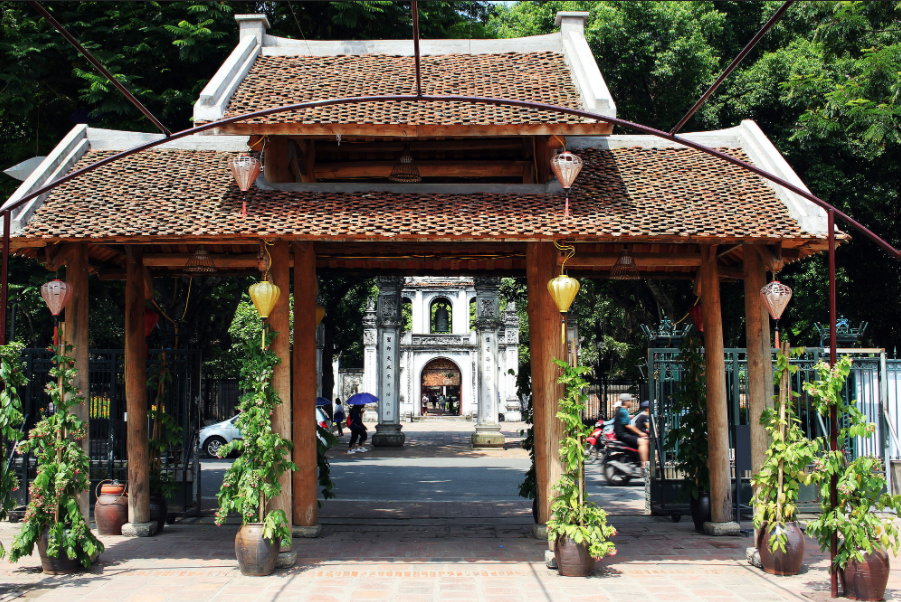 Photo by @caminero
Photo by @caminero
The fourth courtyard honors Confucius and his 72 esteemed disciples, including Chu Van An, a revered educator known for his dedication to teaching. This courtyard also serves as a venue for local authorities to recognize outstanding students from Hanoi, particularly those with exceptional university entrance scores or graduation achievements. The final and most distant courtyard houses the Thai Hoc house, which once functioned as Quoc Tu Giam. This site showcases a small collection of traditional costumes worn by students and mandarins, along with explanations of the national examination process.
If you are interested in architecture, the Temple of Literature features one of Vietnam's most distinctive architectural styles that has endured for centuries, characterized by wooden structures and tiled roofs. Lining the pathways are ancient trees that have witnessed the passage of time and the events of history.
Entrance Fee
The entrance fee for the complex is 20,000 VND (approximately 0.85 USD). The opening hours are from 8:30 AM to 11:30 AM and 1:30 PM to 4:30 PM every day except Mondays and national holidays.
Useful Information
- Location: Van Mieu, Ha Noi
- Best for: Family, couple, solo
- Entrance: 20,000 VND
- Hours: 8:30AM - 4:30PM
- Distance to city center: 0.3km (0.2 mi)
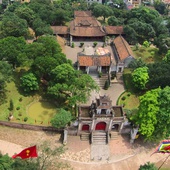
Co Loa Citadel
Being a cultural heritage, a testament to the creativity and technical skills of the old Vietnamese, Co Loa Citadel is definitely an ideal tourist destination that visitors cannot ignore when visiting Hanoi.
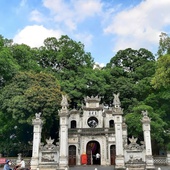
Quan Thanh Temple
Located on Thanh Nien Street, Quan Thanh Ward, Ba Dinh District, Hanoi, Quan Thanh Temple is a Taoist temple and known as one of Hanoi’s four sacred temples which were built to worship four protectors in four directions.
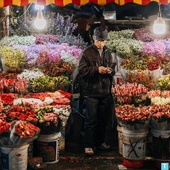
Quang Ba Flower Market
Without the normal hustle and bustle of normal markets, Quang Ba Flower Market is charming in its own way.








